Ultimate Guide: Chatbot Voice Assistant to Look Out For In 2023
Humans have always been hesitant to accept technological innovations in the beginning. The same goes for AI. However, not everything is terrible about this form of tech. AI tools like chatbot voice assistants provide interactive automation, taking away hours of work into minutes or even seconds. Why type and command when you can say to make it happen?
Here is everything you need to know about trending chatbot voice assistant in 2023.
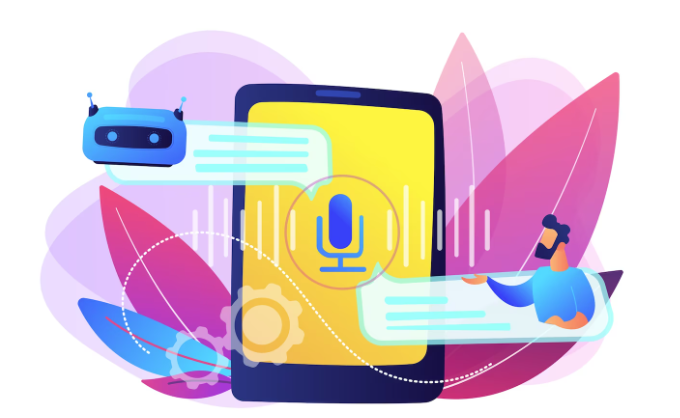
- Part 1 : What Is Voice Chatbot Assistant
- Part 2 : Top 5 Voice Bot Platforms in 2023
- Part 3 : How to Make a Voice Chatbot?
- Part 4 : What Is the Difference between Chatbot and Voice Bot?
- Part 5 : What Are the Benefits of Voice Chatbot?
- Part 6 : Chatbot Or Voice Chatbot: Which One is Suitable for My Business?
- Part 7 : FAQs about Voice Chatbot Assistant
Part 1: What Is Voice Chatbot Assistant?
A voice chatbot assistant is an AI-based software that uses vocal response to command the user. Using Natural Language Understanding (NLU), the voice chatbot uses speech-to-text algorithms for functionality. It combines chatbots and virtual assistants with enhanced technology and features. This automated assistance has amplified business perspectives and offered a creative outlook on the technology. AI voice chatbots are built to reduce human error and provide innovative reliability for better production.
Chatbot assistants can be defined into two types based on their functionality and program structure. Here, we will discuss them in detail for better understanding and application.
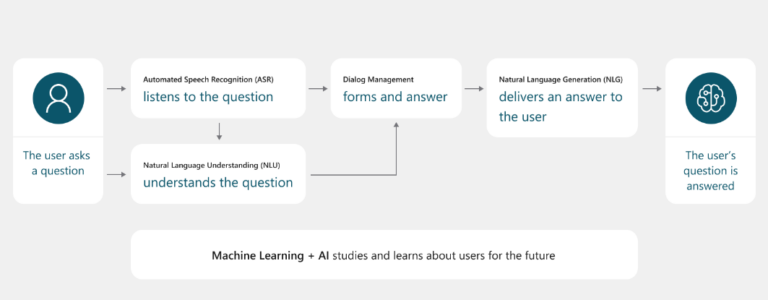
Source: powervirtualagents.microsoft.com
1. Voice Assistance with Chat Support Models
The first distinguishing type is voice assistance with chat support models. This type allows the user to use both text- and voice-based commands. These are great for customer support providing the users with command input flexibility.
2. Only Voice Controlled Bots
As the name suggests, these voice chatbots only work on voice commands. The built-in software converse in natural human language. This type is one of the most popular and commonly seen in practice. These are perfect for daily task management.
Only voice-controlled bots take voice and process it through voice recognition, convert it to digital values, and respond according to built-in software systems. This type is two-way conversational.
Following are some examples you probably know already.
Amazon Alexa
Owned by Amazon, Alexa is a cloud-based voice assistant. It allows its savvy users to manage tasks and control smart devices. It is also known as conversational AI. To make Alexa your voice chatbot, you must enable it through your smart device. You can use Alexa for free but must buy a subscription for advanced features.
Google Assistant
It is an AI voice chatbot developed by Google. Using voice commands, you can enjoy task management and device control. By using your information through linked devices, Google Assistant can provide more personalized results of your voice command. You can always customize Google Assistant access to your data according to your requirements.
Apple Siri
Siri is known for providing better security than other popular voice chatbots. It is a virtual assistant for iOS devices. You can manage your task better when you are on the go. You can customize the voice of Siri according to your preference.
Part 2: Top 5 Voice Bot Platforms in 2023
Voice bots can transform a business and bring it to new heights, allowing them to earn the customers’ trust. Here are the top 5 voice bot platforms you should consider in 2023.
1LumenVox
Customer engagement can be a crucial challenge in increasing conversion rate, building trust, and strengthening brand goals.
LumenVox has put its 20 years of innovation into practice, providing AI customer assistance.
Their inventive voice bot model allows them to build solutions to customers’ requirements. You can also utilize voice automation and interactions to appeal to customer support.
2Apstelar AI Voice Bot
When we think about AI, we believe it's robotic. Apstelar AI Voice Bot provides a realistic human experience between the AI software and the user.
It can be integrated with Azure API apps and Amazon Web Services (AWS). You can use Apstelar AI during business hours..
3AI Ruder
Living in a digital world has made us develop a habit of quick responses. Anything delayed by the smallest of 3 seconds will make us switch to other digital services. AI Ruder provides AI voice assistance and replies within a blink of an eye.
Optimized response speed helps with increased operational efficiency, engagement, and conversion rate. It can operate in multiple languages and offers a free trial as well.
4Herbie.ai
Running and solving a business is no piece of cake. It requires exceptional cognitive skills, time, and proficiency. Thanks to Herbie.ai, you can benefit from AI end-to-end solutions to solve complex business cases.
With 15 years of industrial experience, Herbie.ai has extended its services globally and is available in more than 15 languages.
5Blutag
Online shopping can sometimes be daunting. Blutag is an AI voice bot allowing customers to explore product buying options within seconds.
Moreover, you can order your favorite item through voice command instead of adding to the cart- Shipping Details- Payment- Place Order.
Part 3: How to Make a Voice Chatbot?
Thanks to technology, you can make your customized voice chatbot in more straightforward steps than you think. It is more robotic than you might assume.
Here is how to make a voice chatbot!
1. Choose a Platform
To start with your customized voice bot, you need a platform for technical support. You can use AI chatbot frameworks or builders that simplify the structural process. You can choose platforms like Amazon, Google, and more. Also, decide where to use your voice chatbots, like social media platforms or websites.
2. Define the Purpose
One of the crucial steps in launching a successful voice chatbot is to define business goals. What features do you want your voice chatbot to have? It is best to be creative at this step. Bringing an innovative part can become your breakthrough success. It will help you in designing conversational flow and functionality.
3. Draft a Conversational Flow
A conversational flow is how your voice chatbot will respond to customers’ questions. Learning about the customer’s perspective is crucial to crafting possible questions and creating suitable responses. Based on your business, consider the possible questions your users can ask. You can include marketing tactics to captivate your target audience for conversions.
4. Develop Chatbot Response
Your designed conversational flow will help you to develop voice chatbot responses. You plan the answer in the chatbot editor of your chosen platform. One of the standard practices is starting with a welcome message. Try to use an interactive tone to make it sound more human.
5. Integrate with Voice Assistant
Here is the step where you integrate your conversational flow plan into action. Use a voice assistant where the voice chatbot can converse with the user.
6. Test it Before Deployment
It is best to take your time before you launch your voice chatbot. Test your design to see possible errors and work out the flaws. The preview of your voice chatbot will help you see the practical implementation of your idea.
Part 4: What Is the Difference between Chatbot and Voice Bot?
With numerous new AI features launching every day, it can get confusing to understand key differences between two similar-looking terms. Here we will discuss the critical differences between chatbots and voice bots.
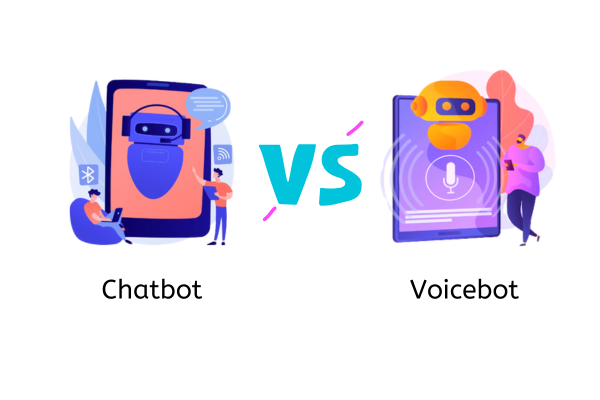
Ways of Conveying Information
A prominent contrast between chatbots and voice bots is how they convey information to users.
A chatbot provides text-based responses along with other visual elements like images. Chatbot is preferred for e-commerce websites as they can give the user better communication.
A voice bot conveys information to the user in a vocal response. It removes the need to type and command the device for specific actions.
Ability of Transmission
The digital era has made us look for the fastest options. Chatbots can be a slower model when it comes to transmission, as you will need to read the response. A voice bot takes away your minute of reading and converts it into seconds of listening. It gives voice, not an edge for faster response.
Backed Technology
A chatbot uses Artificial intelligence (AI) and Natural Language Processing (NLP). It is created using a User Interface Backed Model. You can find different types of chatbots for specific functionalities. A voice bot uses Interactive Voice Response System (IVR), Artificial Intelligence (AI), and NLP/NLU engine. This technology uses user voice input, a process in machine language, and responds in voice.
Visual Experience
When it comes to visual experience, a chatbot has more to offer. You can include interactive visuals for user engagement. Voice bot has limitations as it is soundly based. The user will not have a platform like a chatbot to view visuals.
Integration
Chatbots can be integrated into various platforms like social media, websites, etc. They are flexible in application and are known to enhance user engagement successfully. Voice bot integrations can provide personalized call response and control.
Part 5: What Are the Benefits of Voice Chatbot?
One of the most fascinating facts about voice chatbots is adaptability. Chatbot benefits extend to various fields providing creative solutions and task management. Here we will explore how a voice chatbot can be integrated into different niches.
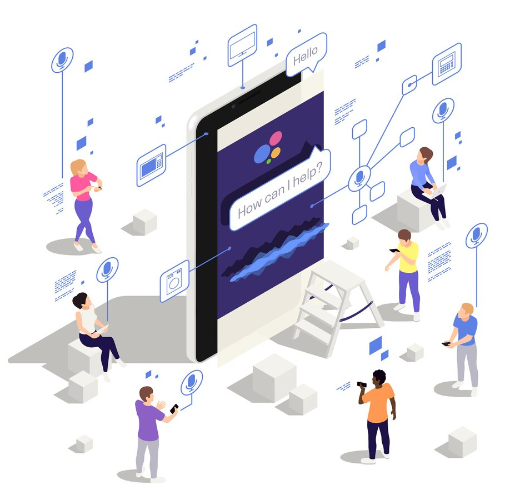
Business Owners
Business owners can creatively integrate voice chatbots to accelerate customer engagement rates and hook their target audience with innovative features.
Marketers
The critical role of branding is to market the product/service to the target audience. Marketers can build an interactive customer experience, making the brand experience memorable.
Customer Service Agents
Once you integrate a voice chatbot for customer service support, it reduces human error and provides limitless service availability.
Developers
Developers can get creative inspiration from voice chatbots. They can enhance and customize their features for desired results.
Customers
With this tech, customers can enjoy the perks of commanding through their voice, making it a fun and engaging shopping experience.
Brands & Retailers
A voice chatbot can be integrated into various languages. Brands and retailers can customize the language to amplify customer reach through relatability.
Healthcare Professionals
Instead of writing prescriptions and making online medical records, healthcare professionals can focus more on quality care.
Educators & Students
Teaching and learning experiences can become creative when the instructions are delivered to the students faster. The students can use a voice chatbot for a better learning experience.
Part 6: Chatbot Or Voice Chatbot: Which One is Suitable for My Business?
A chatbot or voice assistant powered by AI is designed to be more human-like. However, they have different characteristics and strengths:
- Multi-platform accessibility: Chatbots can be deployed on various messaging platforms, such as websites, mobile apps, social media platforms, and more. This allows businesses to reach a wider audience and engage with their customers across multiple channels. Voice chatbots, on the other hand, are typically limited to specific voice-enabled devices or platforms.
- User preference and privacy concerns: While voice chatbots can offer a hands-free and convenient experience, some users may prefer typing their inquiries for privacy reasons or when in a public setting. Chatbots provide a text-based interface that allows users to communicate discreetly and at their own pace. This can be especially valuable for certain sensitive or personal topics.
- Enhanced data analysis: Chatbots capture text-based conversations, providing a rich source of data that can be analyzed, segmented, and leveraged to gain insights about customer preferences, behavior, and pain points. Voice chatbots, although capable of capturing audio, may face difficulties in analyzing and extracting meaningful information from speech data.
- Language-related challenges: Voice chatbots may face challenges in understanding various accents, dialects, and languages, which can limit their effectiveness in diverse customer bases. Chatbots, on the other hand, can rely on text-based communication, which helps overcome some of these linguistic barriers and ensures a more reliable and accurate understanding of user queries.
In essence, chatbots offer a plethora of benefits, so it's more suitable for businesses than voice chatbot. We should carefully evaluate these factors before deciding on the most appropriate solution. A best chatbot like ChatInsight AI can help companies reach out to more customers and increase customer engagement. It can efficiently train with businesses' data and answer everything he knows about your knowledge. Sign Up now and start a free trial today!

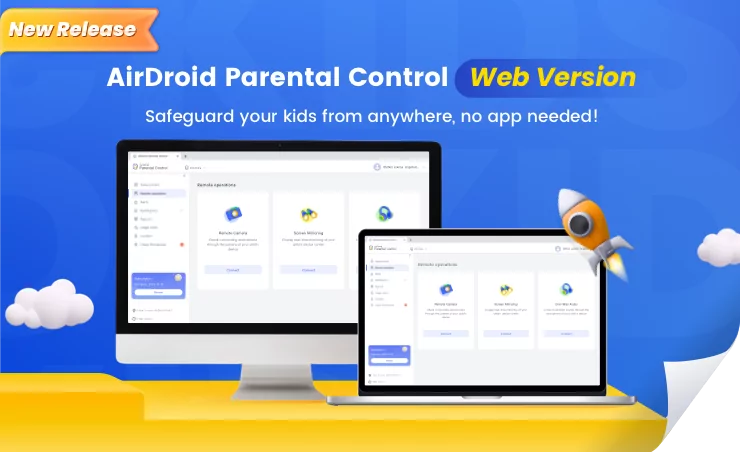


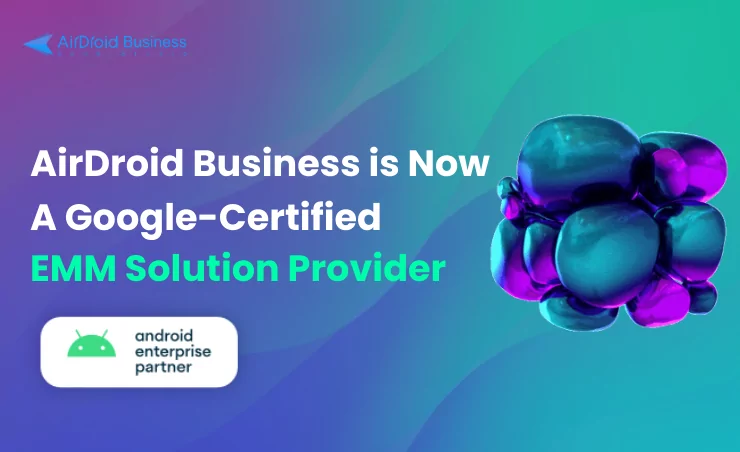



Leave a Reply.